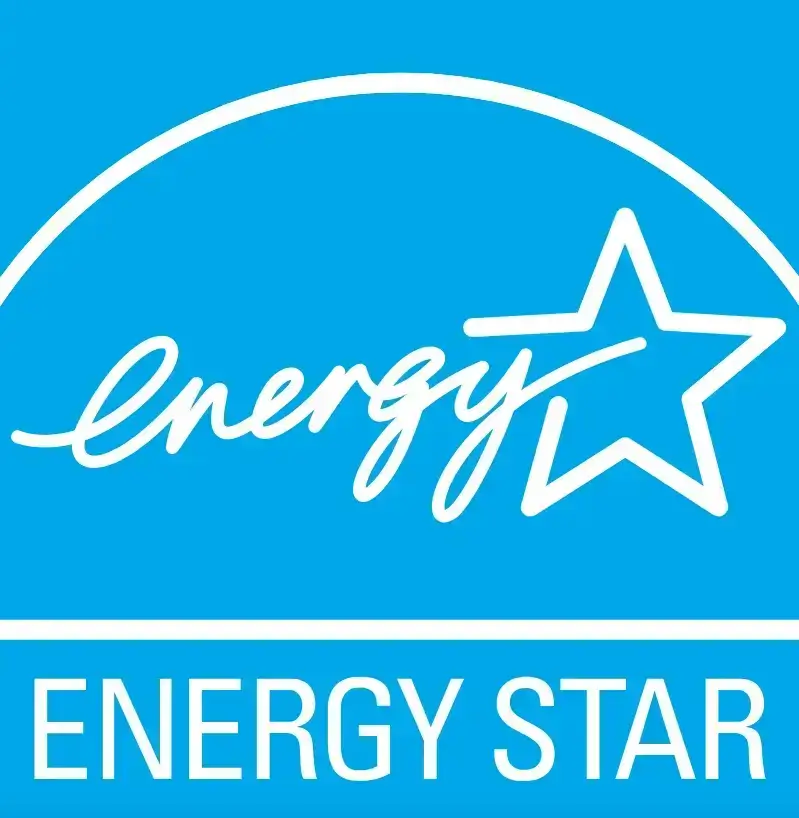A
A system that cools indoor air to provide thermal comfort and humidity control.
The indoor part of an HVAC system that circulates conditioned air through the home.
B
A unit of measurement for energy; used to quantify heating and cooling capacity.
C
A safety device that detects carbon monoxide gas leaks from heating systems.
A vital AC unit component that pressurizes refrigerant and initiates the cooling cycle.
The outdoor unit of an AC system that releases heat removed from indoor air.
The outdoor part of an air conditioning system or heat pump that releases heat from the refrigerant.
D
An HVAC system combining a heat pump with a gas furnace, switching automatically for maximum efficiency.
A heating and cooling system that doesn't require ductwork. Ideal for individual rooms or additions.
A network of metal or flexible ducts that distribute air throughout the home.
E
A measure of an air conditioner's efficiency; higher values mean better efficiency.
A part of the indoor AC or heat pump unit where refrigerant absorbs heat from indoor air.
F
A component that removes dust, pollen, and other airborne particles from the air stream.
A device that removes particles like dust and allergens from the air before it's circulated into the home.
A refrigerant gas used in older air conditioning systems; newer systems use more eco-friendly alternatives.
G
A system that uses the earth’s stable temperature to heat and cool homes.
A heating and cooling system that uses the earth’s stable temperature for energy-efficient operation.
H
A part of the furnace that transfers heat to the air without mixing combustion gases.
A device that provides both heating and cooling by transferring heat between indoors and outdoors.
The process of regulating moisture levels indoors for comfort and health, often using humidifiers or dehumidifiers.
Stands for Heating, Ventilation, and Air Conditioning – the system that regulates indoor climate.
I
Refers to the cleanliness and health of the air inside buildings. Affected by dust, allergens, VOCs, humidity, and ventilation.
Replacing outdated HVAC units with newer, more efficient systems for better performance.
L
Heating and cooling solutions designed for small-scale commercial properties.
A detailed assessment used to determine the correct size of HVAC equipment needed for a specific home or space.
M
A scheduled service agreement to keep HVAC systems running efficiently year-round.
Minimum Efficiency Reporting Value – rates the effectiveness of air filters. Higher MERV = better filtration.
A ductless HVAC system for zone-based temperature control in individual rooms.
P
A device that allows users to schedule temperature settings for energy savings.
R
A chemical compound used in HVAC systems to transfer heat during the cooling process.
A vent that pulls air from inside the home back into the HVAC system to be heated or cooled again.
S
Rates the efficiency of AC and heat pumps over an entire season.
The custom design and creation of ductwork and other HVAC components using metal materials.
A thermostat that can learn user preferences and be controlled remotely via an app.
The vent through which conditioned air enters a room from the HVAC system.
T
The control device used to regulate the indoor temperature of a heating or cooling system.
Refers to the cooling capacity of a system. One ton = the ability to cool 12,000 BTUs per hour.
V
The process of exchanging indoor air with fresh outdoor air to maintain air quality.
Z
A method of dividing a home into areas that can be heated or cooled independently.







